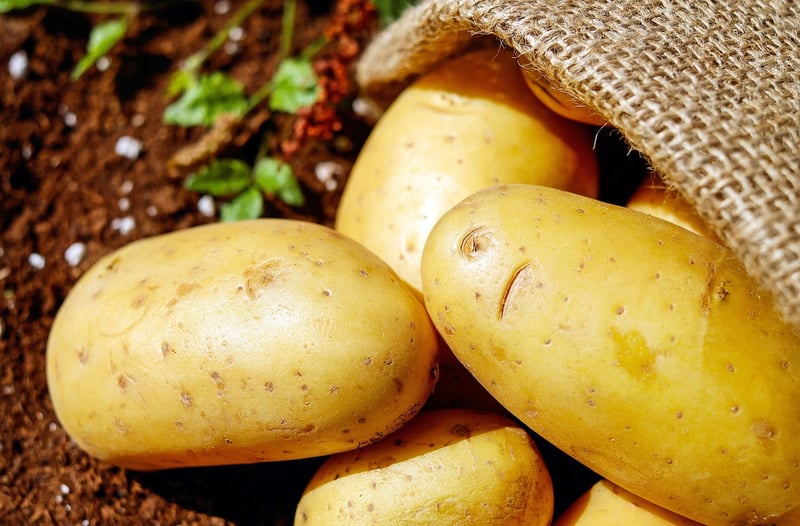Sharing Harvests
Building Green Communities and Sharing Harvests
Introduction
Creating sustainable and eco-friendly communities is essential in the fight against climate change. One way to contribute to this effort is by building green communities that prioritize environmental conservation and community engagement. Additionally, sharing harvests within these communities fosters a sense of togetherness and reduces food waste. Let's explore the concept of building green communities and sharing harvests.
Benefits of Green Communities
- Reduction of carbon footprint
- Energy efficiency
- Conservation of natural resources
- Promotion of a healthy lifestyle
- Enhancement of biodiversity
Key Features of Green Communities
Green communities typically incorporate the following elements:
- Solar panels for renewable energy
- Rainwater harvesting systems
- Green spaces and community gardens
- Bike lanes and walkable paths
- Recycling programs
Sharing Harvests
Sharing harvests involves community members coming together to distribute excess produce from their gardens or local farms. This practice not only reduces food wastage but also strengthens community bonds and promotes a culture of sharing and abundance.
How to Share Harvests
- Organize community harvest festivals
- Set up a produce exchange program
- Donate surplus food to local charities
- Host cooking or preserving workshops
Conclusion
Building green communities and sharing harvests go hand in hand in creating a more sustainable and connected world. By embracing these practices, we can reduce our environmental impact, promote community resilience, and foster a sense of unity among neighbors. Let's work together to build a greener future for all.


